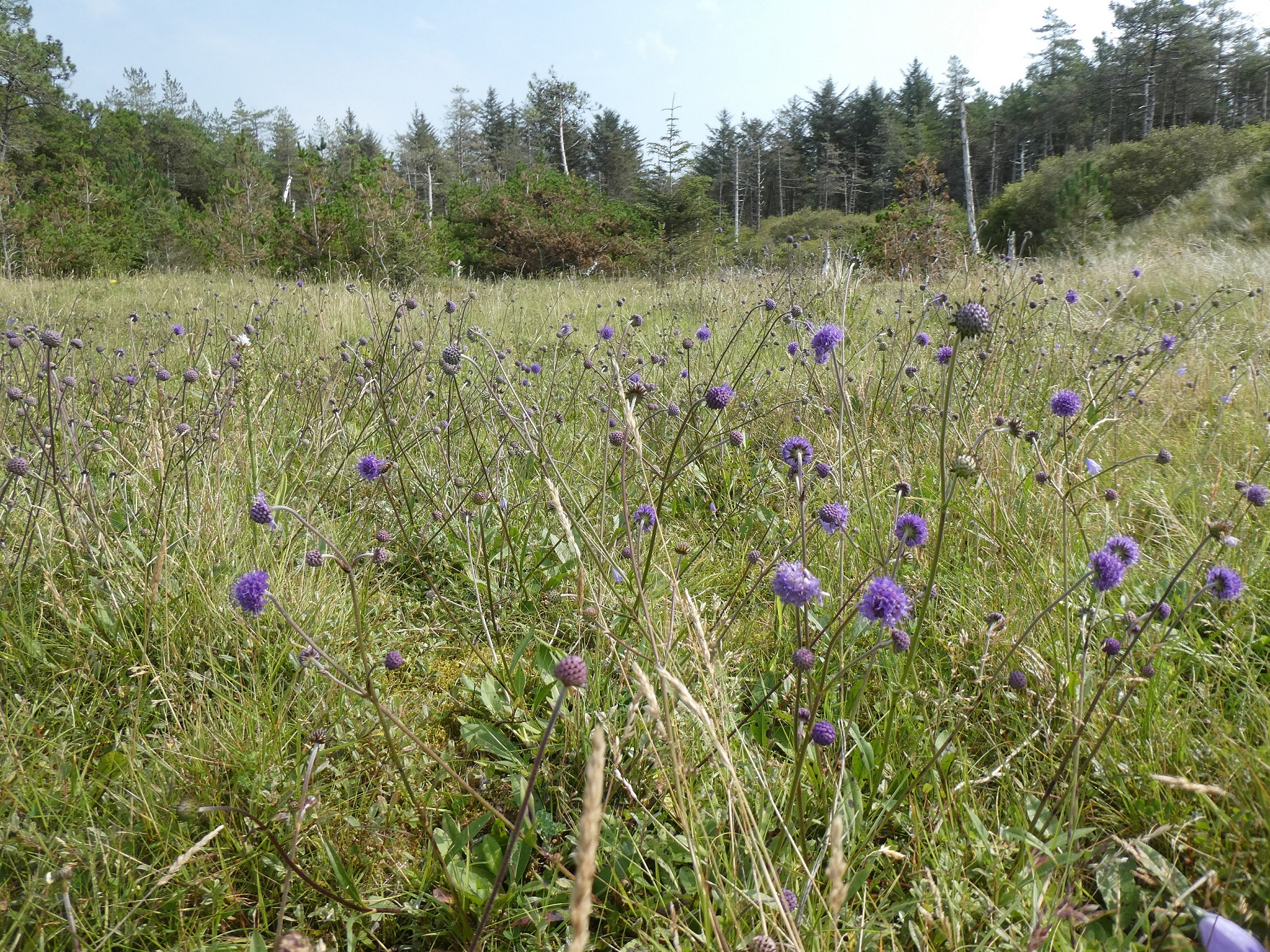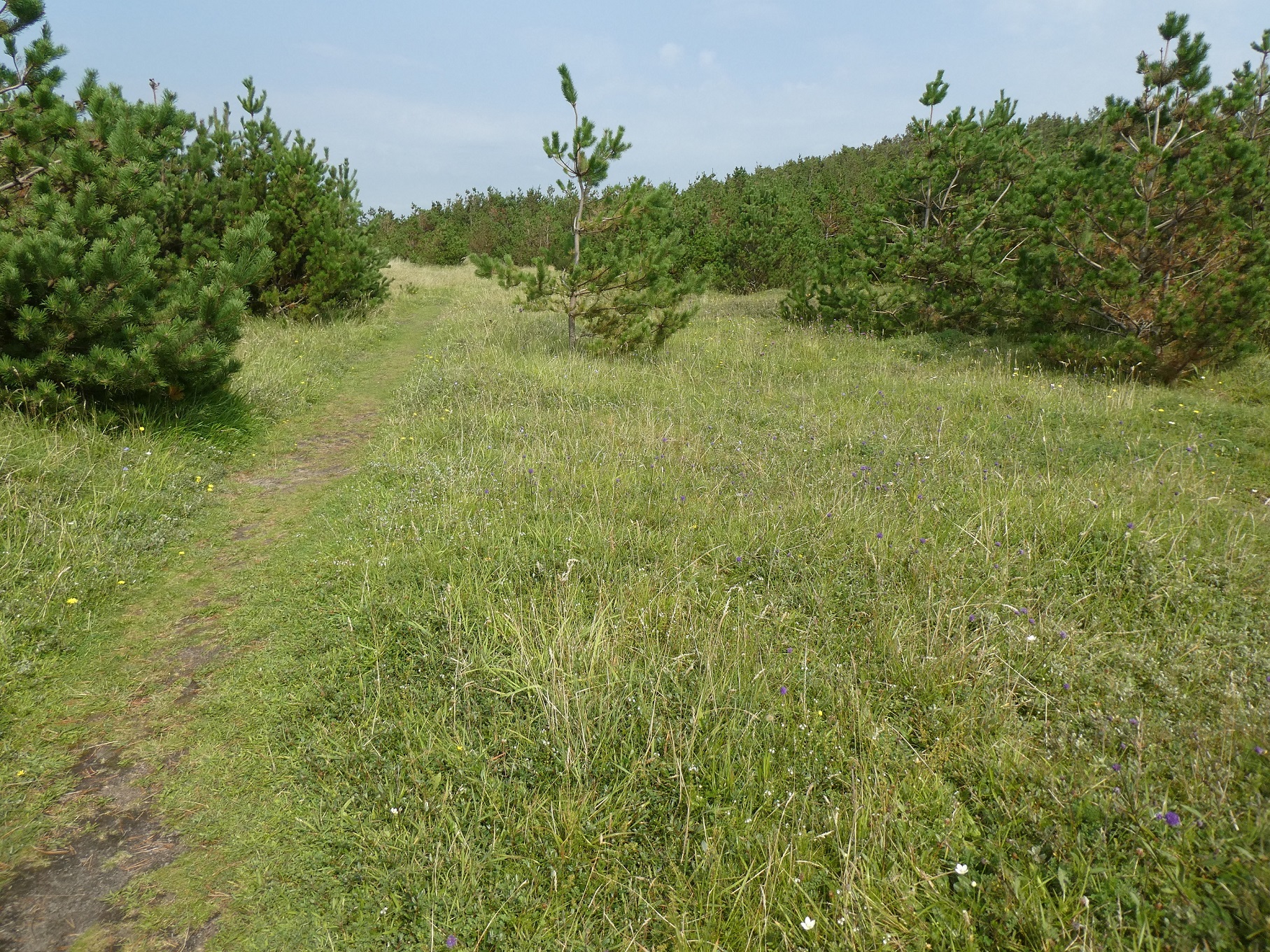Submission to the Consultation on the Draft Forest Strategy (2022-2030)
This submission is prepared by Jesmond Harding, a director and Conservation Officer of Butterfly Conservation Ireland. Jesmond is the author of two books on Ireland’s butterflies, Discovering Ireland’s Butterflies & their Habitats (2008) and The Irish Butterfly Book (2021). This submission addresses some of the content of Ireland’s Forest Strategy Implementation Plan (draft) the Stage 1 AA Screening and Stage 2 AA Natura Impact Report (NIR) produced for Department of Agriculture, Food and Marine (DAFM).
The Need for More Native Woodland Cover
Ireland needs more native woodland cover, especially with just about 2% of the land surface of the country used for native trees. The sensitive design and creation of native woodlands, using seed sourced from indigenous woodlands within Ireland, has the potential to create badly needed woodland habitats for Ireland’s native woodland bryophytes, plants, invertebrates, and vertebrates.
At a landscape scale, the most important consideration in terms of native woodland expansion is to reduce fragmentation and provide connectivity for species between woodlands and other semi-natural habitats within the surrounding area. Analyses show that 30% woodland cover within the landscape is a critical threshold – for most woodland species, this is the minimum proportion at which the landscape begins to function as a single, large wood. [1]
Given the size and distribution of native woodlands in Ireland, it will be difficult to achieve these targets regarding size and woodland cover. This, however, may be possible within some of our larger SACs and proposed NHAs and where native woodlands adjoin conifer plantations. A good example is found in the Woodford area of Co. Galway, where several native woodlands, including the Derrycrag (110 ha), Pollnaknockaun (39 ha) and Rosturra (18 ha) Nature Reserves, are embedded within an extensive forest area. In the context of limited resources, emphasis should be placed on expanding individual woodlands within existing forest matrices, rather than creating or expanding isolated woodlands in landscapes that are largely agricultural in nature. Suitable areas include, for example, parts of Waterford, east Wicklow, southwest Cork/southwest Kerry, central Clare / southeast Galway, and northeast Donegal, where there are already significant concentrations of native woodland. An exception should be made for isolated ancient woodlands, the boundaries of which should be expanded, where possible. The expansion of native woodlands can be achieved by native woodland afforestation on greenfield sites or by converting non-native conifer, broadleaved or mixed stands to native woodland. Where practicable, the latter is the preferred option.[2]
Ireland’s Forest Strategy Implementation Plan (draft) proposes new forest types, especially Emergent Woodland/Rewilding, which is especially welcome in the context of the foregoing. The document also proposes Forests for water, Amenity forests and Neighbourwoods. There is no need for non-native tree/shrub species in such woodlands. I strongly urge the use of native seed, collected in the vicinity of these proposed woodlands, to establish these woods.
Impact of Afforestation on the Marsh Fritillary butterfly
Ireland’s Forest Strategy Implementation Plan (draft) the Stage 1 AA Screening and Stage 2 AA Natura Impact Report (NIR) produced for the Department of Agriculture, Food and Marine (DAFM) indicates Annex II Species, Conservation Status and Forestry Related Pressures and Threats in Table 3. On page 32, the table quotes the 2019 Article 17 report as identifying no threat or pressure to the Marsh Fritillary butterfly relating to forestry.
This is not accurate reflection of the report The Status of EU Protected Habitats and Species in Ireland (2019), or the threat posed to the species by afforestation. Page 52 of the report contains the following sentence:
Sites (occupied by the Marsh Fritillary) are often on marginal land in upland areas and the edges of wetlands and peatlands which are subject to pressures from agricultural conversion and afforestation.[3]
Analysis of Article 17 Reports submitted by EU member states carried out by Butterfly Conservation Europe noted the following problems with protected grassland habitats. The prevalence of threats to grasslands described in the Article 17 reports show that abandonment of grassland management (no grazing or cutting of vegetation) is the chief threat, with 385 mentions in the reports. The second most prevalent is mowing or cutting of grasslands at 254 mentions, followed by overgrazing (240), natural succession resulting in change in the species present (148), use of chemicals to protect certain agricultural plants (111), afforestation (110), conversion from one type of farming use to another (87), conversion from other land uses to housing, settlement and recreational use (78), use of synthetic fertiliser on farmland (76), collection of wild plants and animals (72) and conversion to other forest types including monocultures (70)[4]. All these factors, except the collection of wild plants and animals, applies to Ireland’s grasslands. This information is derived from EU member state Article 17 reports, so the causes of decline across Ireland and the EU and the improvement steps needed are known. This needs to start in protected areas and in any new protected areas.
A key requirement of the Habitats Directive is that the effects of any plan or project, which is not directly connected with or necessary to the management of a European site, but which alone, or in combination with, other plans or projects, are likely to have a significant effect on a European site, should be assessed before any decision is made to allow that plan or project to proceed. The obligation to undertake a screening for AA, and if necessary, an AA, derives from Article 6(3) of the Habitats Directive (92/43/EEC) and both involve a number of steps and tests that need to be applied in sequential order.
The Marsh Fritillary occurs in several European sites, including where the butterfly is not listed as a qualifying feature of the site (the species is listed as a qualifying feature in 16 Special Areas of Conservation in The Republic of Ireland). The species (which has a highly localised distribution in most of the areas where it occurs in Ireland) exists in a metapopulation structure, meaning that it has a central population with outlying colonies that are lost during the periodic declines which are characteristic of this butterfly’s ecology, and which are then re-occupied during periods of expansion (one such expansion occurred in the long, hot summer of 2018). This means that the Marsh Fritillary’s large colonies must be protected and that corridors to outlying areas must also be preserved, which involves protecting the landscape. Without a network of managed habitats, the isolation of populations will result in the loss of this largely sedentary butterfly. Thus, a habitat beyond the boundaries of a European site occupied by the Marsh Fritillary or a breeding area that is not currently occupied by the butterfly requires protection from negative impacts to ensure the long-term survival of the species. [5]
At 4.6.4 Ireland’s Forest Strategy Implementation Plan (draft) refers to Molinia meadows as holding populations of the Marsh Fritillary, and correctly identifies the threat to this habitat type from afforestation. However, the Marsh Fritillary occurs in a wide range of grassland habitats. These include limestone grassland, grassy heaths, humid grassland on cutover bogs, the grassy, heathy margins of intact bogs, fens, eskers, wet meadows, marshes, woodland clearings, fixed sand dunes, and machair grassland. (One example of the damage done by plantation forestry to machair grassland and fixed dunes and dune slacks can be seen at Murvagh Special Area of Conservation, Co. Donegal Site Code: 000133 where the plantation of conifers and the spreading of self-sown conifers has and is reducing the areas of habitat available to the Marsh Fritillary). The impacts on these habitats, also used by the Marsh Fritillary, must be considered, especially in view of the metapopulation structure and the need to protect a network of habitat areas up to 15 km (the furthest distance from a known population the adult has been found in Ireland) from European sites to protect the species.


Conclusion
The overarching statement for the Shared National Vision for the role of trees and forests is
‘The right trees in the right places for the right reasons with the right management supporting a clean, healthy and well protected environment and a sustainable economy and society’.
Butterfly Conservation Ireland agrees with this vision. The right places for the right trees are not high-nature-value lands badly needed by some of our threatened species and habitat types. A mosaic of open and wooded habitats can hold a great range of grassland, heath and wetland species, and return parts of the landscape to what may have been its natural state.
Jesmond Harding 10/11/2022
[1] Peterken, G. 2002. Reversing the habitat fragmentation of British Woodlands. World Wildlife Fund (WWF)-UK.
[2] Cross, J.R. & Collins, K.D. 2017. Management Guidelines for Ireland’s Native Woodlands. Jointly published by
the National Parks & Wildlife Service (Department of Arts, Heritage, Regional, Rural & Gaeltacht Affairs) and the Forest
Service. Forest Service, Department of Agriculture, Food & the Marine, Kildare Street, Dublin 2, Ireland.
[3] NPWS (2019). The Status of EU Protected Habitats and Species in Ireland.
Volume 1: Summary Overview. Unpublished NPWS report.
[4] https://www.youtube.com/watch?v=D1PUk__cO_o&t=2180s
[5] Harding, J. (2021) The Irish Butterfly Book. Privately published, Maynooth.

